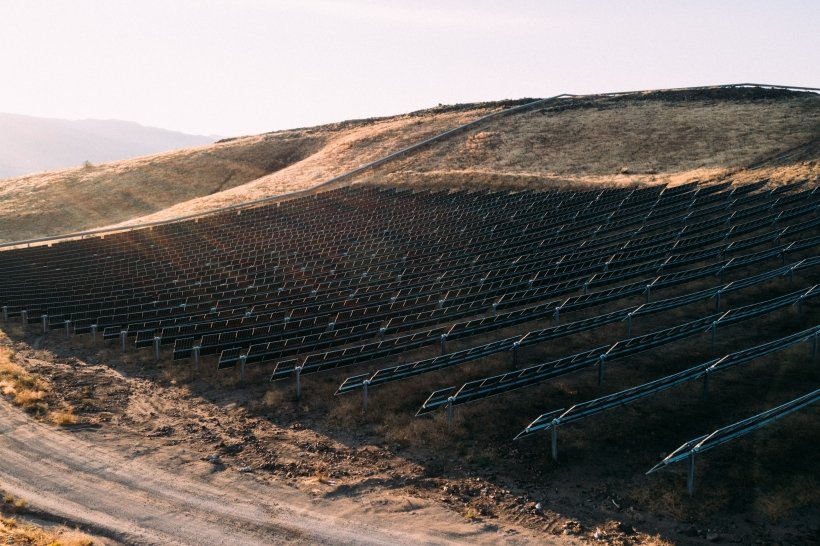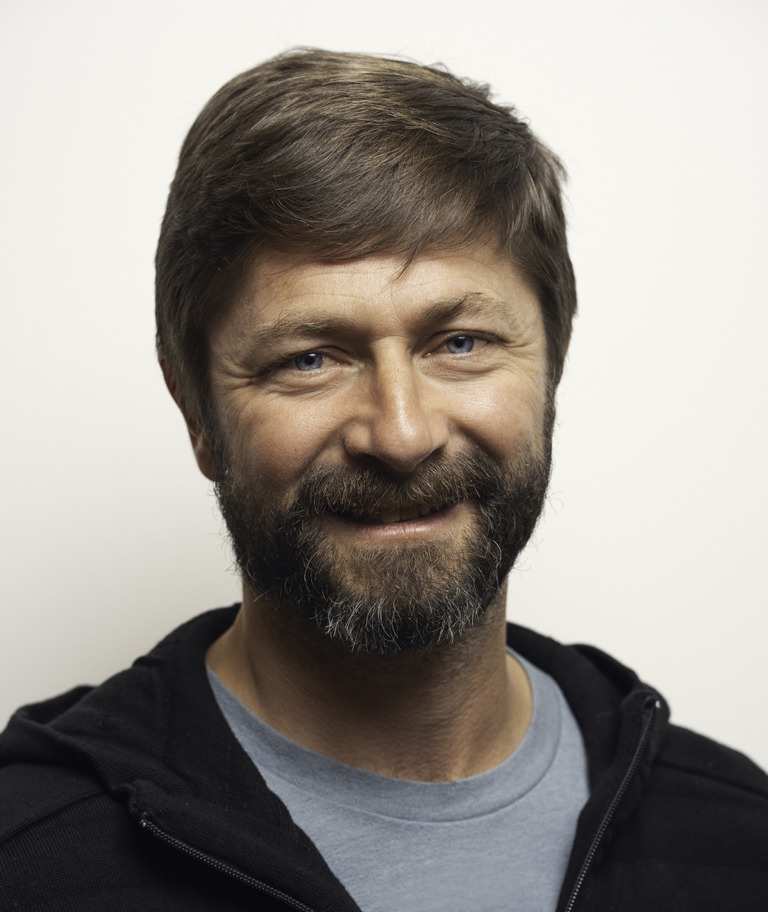Siting solar arrays is a challenge shared by developers, state and local governments, and communities. Not just any piece of land works for a large-scale solar array: among other things, it must be sunny, relatively flat, and close to transmission lines so it can be connected to the grid. Since they have such specific needs, solar developments sometimes compete with other land uses, like agriculture.
In 2015, the founder of Nevados had an innovative idea that would open up new sites by enabling solar panel installation on uneven terrain. With the help of nearly $2 million in funding from the U.S. Department of Energy (DOE) Solar Energy Technologies Office (SETO), the technology will soon be deployed to support 8 gigawatts (GW) of new U.S. solar installations.
When finding a site for a new large-scale solar array, developers look for land that is as flat as possible to reduce the need for grading—the process of moving soil to even out the terrain. Grading accounts for a significant portion of both the budget and timeline for a new solar project. It also has an environmental impact, as the loose soil can lead to wind-blown dust, stormwater runoff, and damage to local waterways.
Nevados’s technology opens sites that were previously considered too rough or rugged for solar developments, easing land use conflicts while cutting costs and timelines for developers. It also reduces the amount of land disturbance needed to install solar panels on uneven ground, which lowers the environmental impact of the development and protects local communities where the developments are installed.
To maximize energy production, many solar arrays have trackers, hardware that tilts the panels at different angles throughout the day so that they are always fully facing the sun.
Nevados developed a new kind of single-axis tracker designed for mounting solar on uneven ground while still moving with the sun. To do this, each row of solar panels must move independently depending on its angle and height on the terrain. In addition to the hardware challenges of mounting the solar panels on rough terrain, this requires complex calculations to individually maximize the energy production of different rows.
Over the course of two SETO projects in 2015 and 2016, Nevados developed the hardware, software, and manufacturing processes for these trackers. At the end of the award, the company was ready to spin up its manufacturing operations. With assistance from the Inflation Reduction Act, Nevados now makes its trackers using primarily U.S. suppliers.
After finalizing its manufacturing process, Nevados quickly partnered with developers Energix Renewables and Ampliform. This year, the company signed long-term deals with both solar developers to install the trackers on 6 GW of new Energix Renewables developments in rural Virginia and 2 GW of Ampliform developments in Pennsylvania.
The DOE Office of Energy Efficiency and Renewable Energy (EERE) is actively working to find solutions to siting challenges, especially through its newly launched $10 million Renewable Energy Siting through Technical Engagement and Planning (R-STEP) program. R-STEP will support state-based programs or initiatives that improve planning and siting processes for large-scale wind, solar, and other renewable energy developments for local communities with up to $2 million each for collaborative, cross-disciplinary teams of stakeholders interested in siting. Applications for funding are due on November 3, 2023.
DOE also supports entrepreneurs—like the founders of Nevados—who have innovative ideas to overcome barriers to solar energy deployment by bridging the gap between idea and market readiness. Ongoing programs to fund small businesses include the American-Made Solar Prize, the Small Business Innovation Research and Small Business Technology Transfer (SBIR/STTR) program, and the Technology Commercialization Fund (TCF). Round 7 of the Solar Prize is open now and applications are due September 27, 2023.
Learn more about SETO’s manufacturing and competitiveness research.



